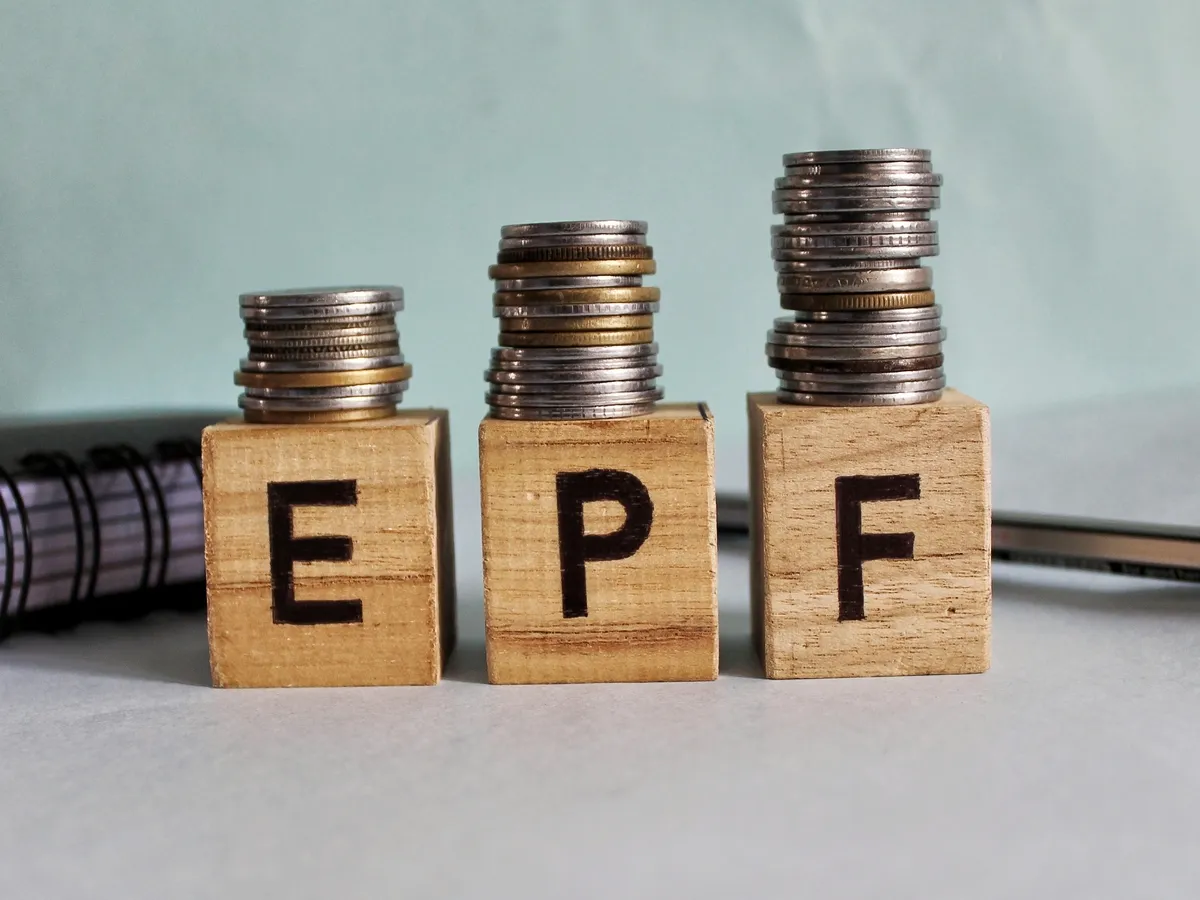Personal Finance News
EPFO makes UAN activation easy with face authentication via Aadhaar; All you need to know
.png)
5 min read | Updated on April 09, 2025, 16:50 IST
SUMMARY
The EPFO has enabled Universal Account Number (UAN) generation and activation using Aadhaar-based face authentication, making the process simpler for its beneficiaries. Employees can now generate UAN through the UMANG app and access various services provided by the EPFO like passbook viewing, KYC updates and claim submission.

In the financial year 2024-25, only 44.68 lakh out of the 1.26 crore allotted UANs were activated by members, making up only 30% of the total.
The Employees’ Provident Fund Organisation (EPFO) launched a new digital service, enabling Universal Account Number (UAN) generation and activation using Aadhaar Face Authentication Technology (FAT) through the UMANG mobile application, the Ministry of Labour and Employment said on Wednesday, April 9.
UAN is a 12-digit identification number assigned to EPFO beneficiaries to manage their EPF accounts and funds. UAN activation is necessary for receiving Employment Linked Incentive (ELI) scheme benefits and accessing EPFO online services.
The Unified Mobile Application for New-age Governance (UMANG) is a government initiative aimed at providing citizens with a single platform to access a wide range of online services offered by the government.
Simplified UAN activation
The UAN activation process has been challenging due to many reasons including incorrect details filled in by beneficiaries, errors in communication and confusion regarding the Aadhaar OTP validation on the EPFO Member portal, among others.
“Until now, UANs were largely generated by employers using employee data submitted to EPFO. While Aadhaar details were validated, inaccuracies in fields such as father’s name, mobile number, or date of birth were common. These errors often required corrections during claim processing or while accessing other EPFO services. In many cases, the UAN was not even communicated to the employee, and mobile numbers were missing or incorrect, making direct communication difficult. Furthermore, UAN activation through Aadhaar OTP validation on the EPFO Member portal was a separate process to be completed by the member causing confusion,” the release stated.
In the financial year 2024-25, only 44.68 lakh out of the 1.26 crore allotted UANs were activated by members, making up only 30% of the total.
To address the challenges and make the process simpler, the EPFO has now enabled direct UAN generation and activation through face authentication on the UMANG app. Employers and employees both can use the service and avail of the benefits like:
- Aadhaar validation through face authentication.
- Pre-populated user data through the Aadhaar database.
- Employees can directly complete UAN generation and can download the PDF without any help from employers.
- Access to various services provided by EPFO like passbook viewing, KYC updates and claim submission, among others.
How to generate and activate UAN through the UMANG app?
To generate and activate UAN through the UMANG app, follow these steps:
- Download and install the UMANG app from Playstore
- Download and install AadhaarFaceRD app from Playstore
- Open the UMANG app and go to ‘UAN Allotment and Activation’ under UAN services through face authentication.
- Enter Aadhaar number and mobile number linked with Aadhaar
- Give consent by ticking the checkbox
- Validate the OTP
- Take a live image through the camera—when the image outline turns green, the image capture is successful.
UAN will now be generated after matching the image with the Aadhaar database and will be sent via SMS to the registered mobile number. Employees can then download the UAN card from the UMANG app or EPFO Member portal.
“Biometric authentication using Face Authentication provides a higher level of security compared to traditional methods such as demographic or OTP-based authentication. It ensures accurate and tamper-proof identity verification at the very entry point into the EPFO system. This secure verification will also pave the way for a wide range of self-service options for members, eliminating the need for employer or Regional Office intervention in many future services,” the labour ministry said.
The EPFO has advised employers to adopt and promote the use of this method immediately and help first-time employees generate UAN through Aadhaar FAT. The PF body is also planning to collaborate with volunteers from My Bharat to promote digital life certificates through Jeevan Pramaan using the Face Authentication Technology by providing services to beneficiaries at their doorstep.
EPF due payment via demand draft
The EPFO has allowed one-time payment of past EPF dues through a Demand Draft, addressing the concerns raised by several Field Offices regarding cases when employers are unable to remit past dues through the standard Electronic Challan-cum-Return (ECR) system.
“It is therefore clarified that where the Officer-in-Charge of the Region is satisfied that such request is for a one-time payment of past dues and the employer is not seeking a mode other than Internet banking for the payment of future remittances, he may collect the dues in the manner as is practiced for recovery of any demand in arrear, i.e., through a Demand Draft in the name of RPFC-in-Charge of the Region and payable at the bank branch where the Regional Office concerned holds a bank account,” said the Ministry of Labour and Employment in a circular dated April 4, 2025.
Employers must submit an undertaking confirming the list of beneficiary employees to ensure proper documentation and for verification purposes in the future. It must be ensured that the employer submits the necessary returns alongside the remittance, the EPFO added. Furthermore, damages and interest payable on the overdue amount should be determined and collected without any delay.
By signing up you agree to Upstox’s Terms & Conditions
About The Author
Next Story

